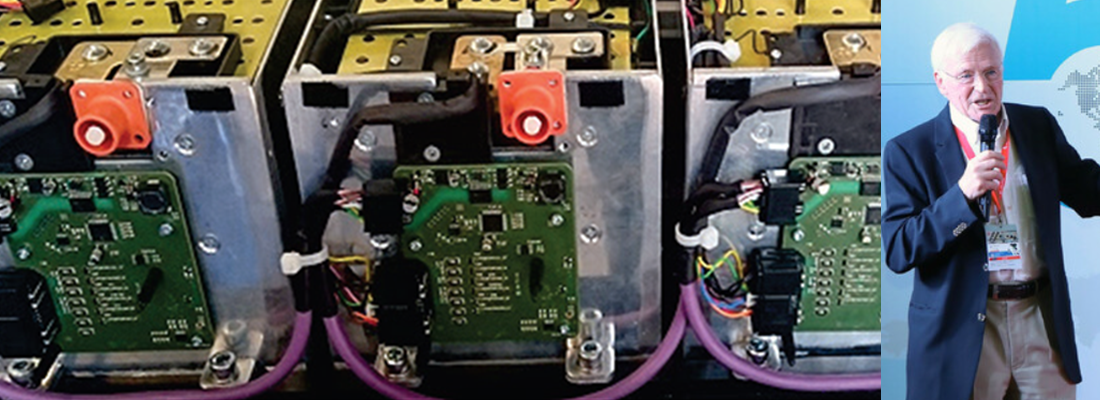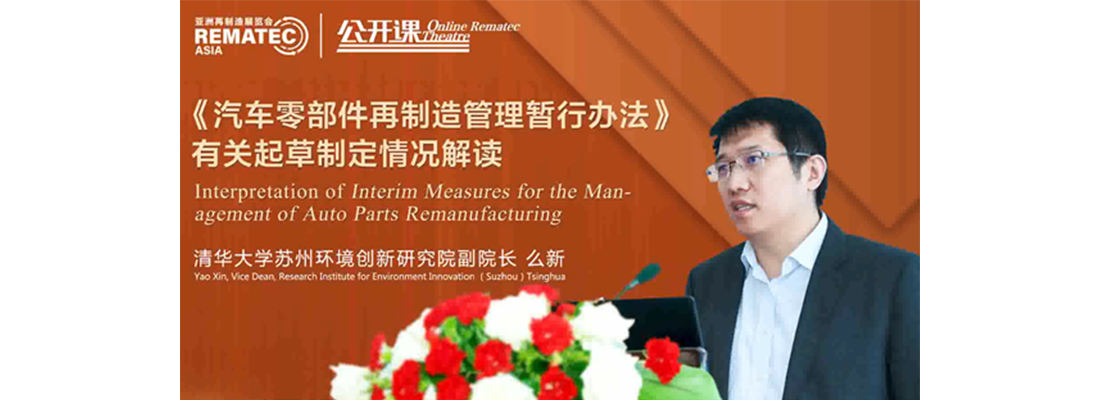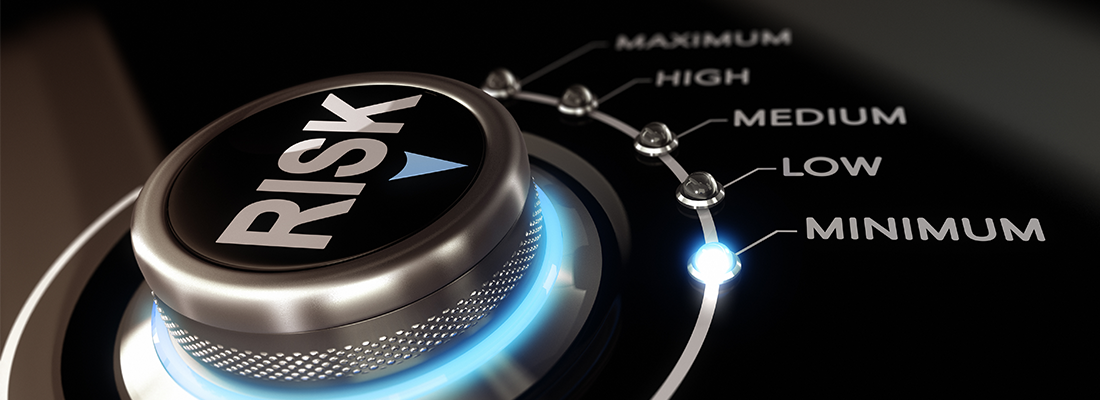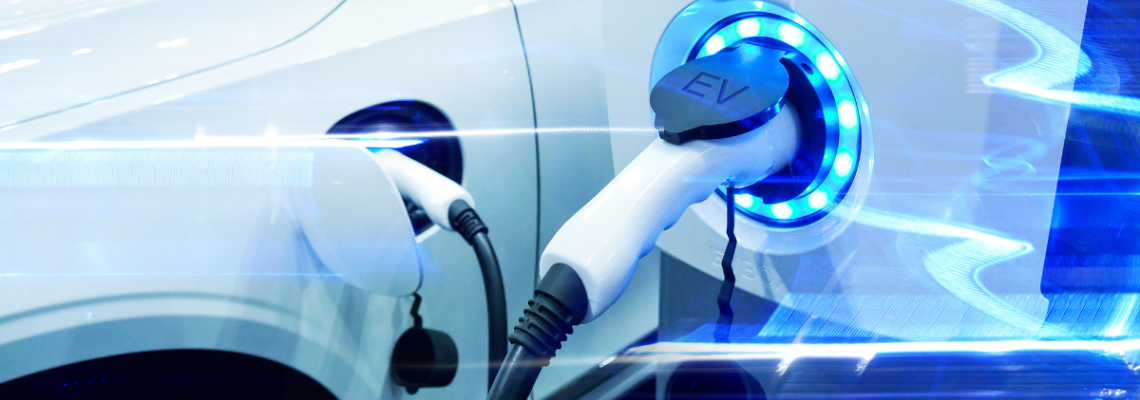Cleaning and testing in the automotive field
The automotive sector is currently undergoing significant advancements in cleaning and testing processes, driven by the need for improved quality, efficiency, and environmental sustainability.
Cleaning and testing in automotive and remanufacturing has advanced more and more technologically, becoming essential pillars for innovation and sustainability.
Let's analyse together what modern technology offers today and how the automotive industry benefits from it.
Cleaning Processes
Among the latest cutting-edge technologies, the use of robots and automated cleaning systems has increased to improve precision, efficiency, and safety. Robotic arms and automated cleaning stations help reduce human error, speed up the cleaning process, and allow for higher consistency across production. High-pressure water jets and ultrasonic cleaning are commonly used to clean parts with intricate designs, like engine components and transmissions. This ensures that even the smallest impurities are removed. Innovation regards also the increasing adoption of eco-friendly cleaning solutions, such as biodegradable detergents and waterless cleaning products. New frontiers in cleaning technologies, such as steam cleaning and automated car wash systems, are also gaining popularity as they align with the industry’s sustainability goals.
Environmental regulations become stricter, consequently the industry is adopting more sustainable and eco-friendly cleaning methods. This includes reducing water usage, and switching to low-impact cleaning technologies (e.g., dry ice blasting). Advanced air filtration systems and cleaner production facilities are key to maintaining a contamination-free environment during manufacturing and assembly processes.
Testing Procedures
In the last few years, control procedures have been focused on BEVs, in particular on the mechanical parts that compose them and that differentiate them from ICVs. The focus of testing has shifted to battery performance, thermal management, and electric powertrains. These tests ensure battery safety, range, charging efficiency, and overall vehicle performance.
As EVs rely heavily on electronics, testing of inverters, converters, and control units ensures seamless integration and functionality. Residue-free cleaning of surfaces in contact with thermal management fluids optimizes cooling system performance.
Modern vehicles are also equipped with sophisticated diagnostic systems that continuously monitor a range of parameters, from engine performance to sensor readings. Testing these systems in real-time helps detect faults early and allows for predictive maintenance.

Crash Testing and Safety
Safety remains a priority, and crash testing protocols have become more stringent. The industry is employing advanced simulation software to model crash scenarios and test vehicle resilience before physical crash testing. This aids in designing safer vehicles more efficiently.
Vehicles undergo rigorous testing to ensure they meet performance, safety, and durability standards. Real-world road tests simulate a variety of driving conditions to determine how vehicles and components perform under stress. This enables engineers to gather useful data for improving drivetrain efficiency, reliability, and compliance with emission regulations. Road testing is more than just performance evaluation; it reflects the commitment to innovation and quality that defines today's automotive industry.
Emission Testing
By means of governments push for stricter emissions standards, automotive manufacturers are continuously testing their vehicles to ensure compliance with these regulations. This involves rigorous checks of exhaust systems, fuel efficiency, and emission control systems.
Recently, with the Euro 7 trilogue regulation, the European Council adopted new rules on emission limits for cars, vans and trucks. The Euro 7 standards aim to further reduce pollutant emissions from vehicles to improve air quality and public health, representing a significant step towards cleaner transportation in the EU, addressing both traditional exhaust emissions and newer concerns like non-exhaust particulate matter. The rule also concerns emissions due to the release of pollutants from braking systems, particles emissions (PM10).
Autonomous driving, Integration of AI and Cybersecurity
As the industry moves toward autonomous vehicles, testing the sensors, cameras, LiDAR systems, and algorithms is critical. These tests are often performed in controlled environments before road testing to ensure safety and reliability. AI and machine learning algorithms are increasingly used to predict failures and maintenance needs before they happen. This reduces downtime and enhances the reliability of both the vehicles and manufacturing systems. The automotive industry is collecting vast amounts of data during production and testing. AI helps in analysing this data to find patterns, optimize testing processes, and detect faults early.
With the increased connectivity of vehicles, testing now also includes cybersecurity measures to protect against hacking and unauthorized access to onboard systems.
Share your remanufacturing stories with us
Do you have an innovation, research results or an other interesting topic you would like to share with the remanufacturing industry? The Rematec website and social media channels are a great platform to showcase your stories!
Please contact our Brand Marketing Manager.
Are you an Rematec exhibitor?
Make sure you add your latest press releases to your Company Profile in the Exhibitor Portal for free exposure.





